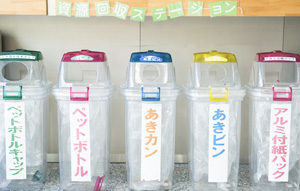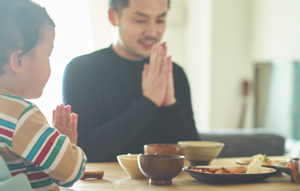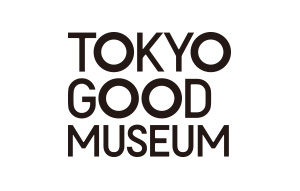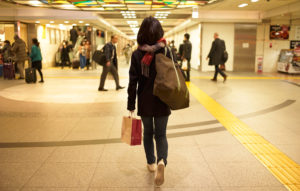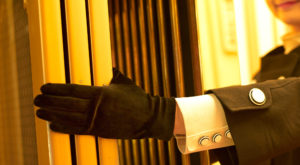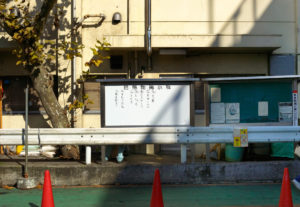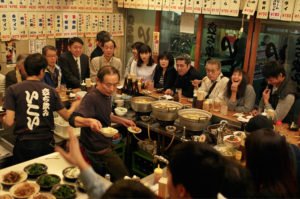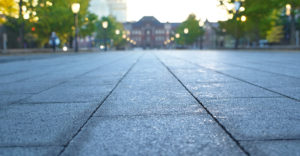Amateur Runners Give Way to Each Other
The Number of Runners - About 10 million
Nowadays, people who run in the park or around the Imperial Palace are often spotted. It is now a common sight to see those runners training in vivid running clothes. According to a survey conducted by the Japan Sports Agency, 4th most popular form of exercise Japanese people take on after walking, gymnastics and training is running/marathons/ekiden (long‐distance relay) makes up 10.4% of the population. Also, the Sasakawa Sports Foundation suggests that the number of people who go jogging or running at least once a year has risen to 9.86 million people in 2014. This figure is an increase by 3.8 million people compared to the time before the Tokyo marathon started in 2006 (6.06 million).

Rules Among Runners Around the Imperial Palace
As more and more people take up running, runners’ manners starts to become important. Around the Imperial Palace, one of the most popular running routes in Tokyo, you can see the runners run in line or they give way to each other. In 2010, as the amount of people who run around the Imperial Palace increased, running stations and sport shops around the area collectively created ‘10 manners to be followed by the runners around the Imperial Palace.’ These rules were already followed by the experienced runners in this area so they made sure newcomers will follow the same rules. The rules include running anti-clockwise, running in line on narrow streets, notifying each other when taking over the runner in front, and bringing back your trash. These were born from the desire to make sure that not only runners but pedestrians and tourists can also enjoy spending time in this area comfortably. A runner in this area says that every runner follows these rules so that they can continue running around the Imperial Palace which is full of history and nature.

People Started Running Marathons in the Meiji Period
The first marathon race open for non-athletes was the Great Marathon Race, which was a 32km race from Kobe to the Yodogawa Ohashi bridge in Osaka in 1909. After that, a marathon runner, Kokichi Tsuburaya, won a Bronze medal in the Tokyo Olympics in 1964, which shone a spotlight on marathon running. It is said that detailed medical examinations and specific health guidance (so called, metabolic syndrome examination) which started in 2008 contributes a lot to the recent gain in popularity of marathon running. After this, running became a part of Japanese people’s healthy lifestyle. Nowadays, there are around 200 marathons that take place and more than 5,000 runners participate all over Japan. The good manners that every one follows are essential to make people’s everyday lives more fun and healthy.
Data
| When did it start? | The first marathon opened for non-athletes was ‘Great Marathon Race’, where people ran 32km from Kobe to Yodogawa Oohashi bridge in 1909. |
| Where can we see it? | You can observe runners’ good manners around the Imperial Palace or Yoyogi park. |
| Best suited time of the year or of the day? | Mornings, lunchtimes, and evenings. There are more runners on ‘No Overtime’ days. |
| Data | The number of people who go running or jogging at least once a year (2014) Male adult: 6.47 million (Estimate) Female adult: 3.27 million (Estimate) |
| Please note | There might be some local rules depending on where you want to go running. You might want to check out the website of the park or places you would like to run in advance to see whether they post those rules on them. Basic rules are that pedestrians have priority and keep to the traffic rules. Don’t focus too much on your personal performance and make sure to be mindful of others who are also running. |



